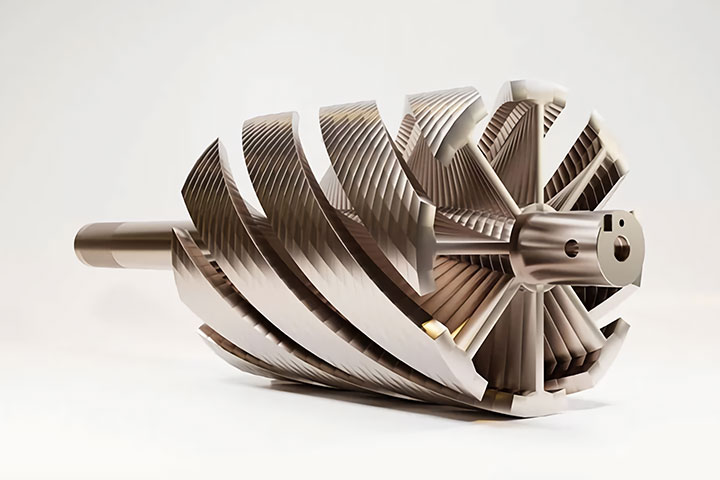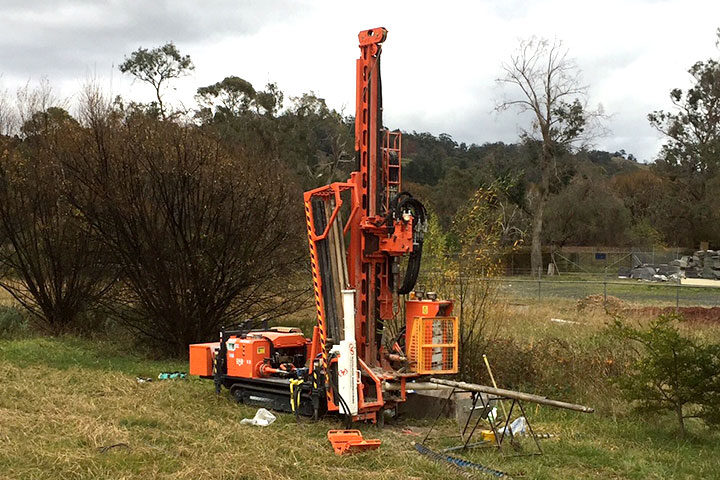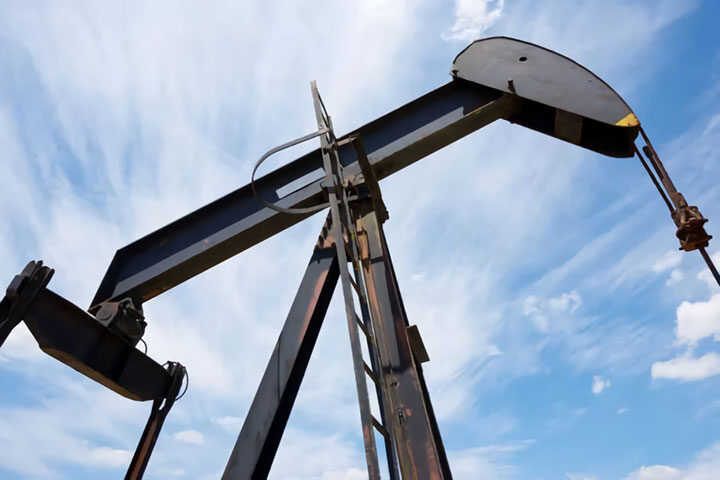
Reverse circulation drilling is one of the best ways to collect rock samples for your mining or quarry exploration. The unique design of the drill rods allows you to collect sample rock cuttings without external contamination from the drill hole.
One major benefit of RC drilling is that it uses less water than other types of drilling such as diamond drilling. This makes it particularly suitable for water-scarce environments like Australia.
It also has a high penetration rate and is more cost-effective than conventional drilling techniques. For these reasons, reverse circulation drilling is the preferred method for accurately collecting high-quality rock samples.
If you’re interested in finding out how reverse circulation drilling works – you’re in the right place. This article will explain why RC drilling is the best way to collect samples for geological exploration.
How Does Reverse Circulation Drilling Work?
The most important RC drilling tools are the drill rods. They are similar to air core drilling rods as they have a double wall with a hollow inner core. With centre sampling drill rigs the tungsten-steel drill bit also has a hole in the middle that connects to this internal tube.
As the rock is broken by the bit it’s then forced up the inner tube by compressed air. This high-pressure air blows down the gap between the drill rods and the wall of the holes called the annulus. The only outlet is through the inner tube and the force is sufficient to lift the rock samples through the reverse circulation of this air.
Once the cuttings reach the surface they pass through a deflector box and then into a hose attached to the top of the rig. From there they move over a splitter that separates a small percentage of the total sample into bags. These samples are then logged and taken to a lab for analysis.
What Are the Benefits of Reverse Circulation Drilling?
There are several factors to consider when choosing what type of drilling rig to use for your exploration project. Let’s look at some of the advantages that RC drilling offers.
The most important of these is how fast you can collect rock samples. In ideal conditions, you can expect a drilling rate of around 200m to 300m per day. That is significantly faster than what can be achieved with diamond drilling.
This means you can efficiently collect your rock samples and cut down on the total number of days you’ll need to hire a drill rig. Not only does RC drilling have a high penetration rate, it also has a lower operational cost. So you can reduce overhead costs and get results sooner.
Another major advantage of RC drilling is the quality of the rock samples it produces. As the rock cuttings travel up the internal part of the drill rod they are protected from making contact with other layers of rock. This prevents them from becoming contaminated as they move up the drill hole.
Are You Looking for an RC Drill Rig?
Reverse circulation drilling is a cost-effective way to gain an in-depth understanding of the ore grade in your potential mine or quarry. It can reliably produce clean rock samples in less time than any other method of drilling.
If you’re looking for an RC drill rig operator in eastern Australia then contact BG Drilling. With our fleet of twenty drill rigs, we can access almost any location to efficiently collect high-quality rock samples.



